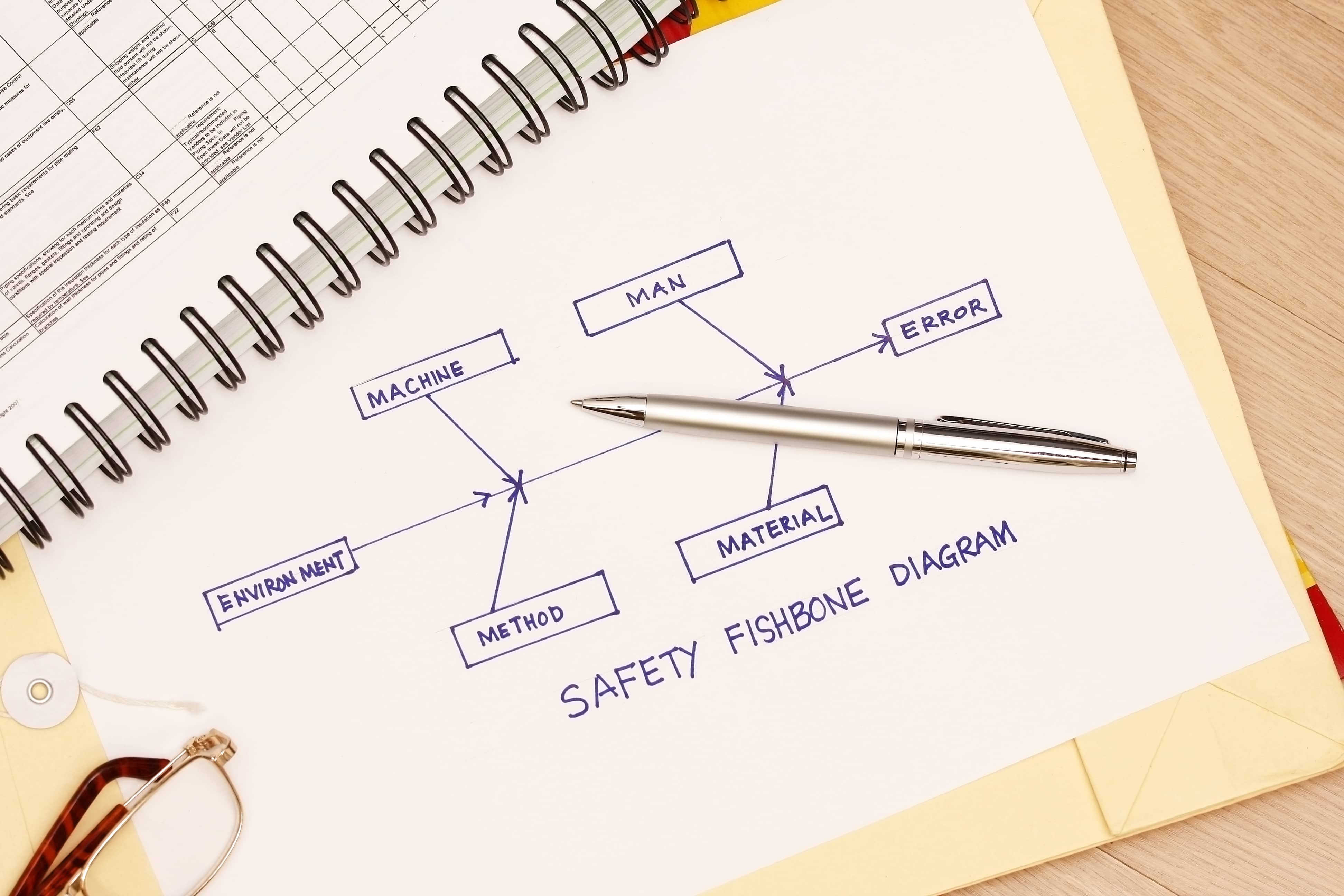Students at an Indiana college have taken Six Sigma beyond the classroom and put it to use in improving their college campus.
At the Rose-Hulman Institute of Technology in Terre Haute, students have leveraged Six Sigma methodology to make process improvements in two key areas: wasting food and recycling.
It’s led to more efficient systems and, in one case, helping underprivileged kids get after school snacks for free.
Diane Evans, a Rose-Hulman professor of engineering management, told the Terre Haute Tribune Star that the Six Sigma methodology is extremely popular on campus. She said if it was the only thing she taught in her classes, her classes would still be filled every semester.
Evans herself is a Six Sigma Black Belt.
Wasted Food
The popularity of Six Sigma on the Rose-Hulman campus is due in part because students know employer’s look with favor upon job candidates with Six Sigma training.
But they also have become true believers after applying it to real-world issues. The students have engaged in more than one project that proved the success of Six Sigma tools and techniques.
In 2011, the students decided to take on the issue of food waste in the school cafeteria. They did so by defining the goal – wasting less food – and collecting data on the issue. In this case, that meant gathering thrown away food into plastic bags and weighing it.
They eventually discovered that for every 120 students, 20 pounds of food was wasted. As potential solutions, they suggested pre-dishing food to reduce quantities, limiting the number of plates and glasses per student and using smaller utensils to serve food.
Eventually, the school eliminated trays, which prevented students from selecting and carrying more food than they needed.
You may also enjoy: Combining Environmental Improvement with Six Sigma
Sharing Food
In subsequent years, the students applied similar process improvement tools to food service at schools in Terre Haute. In one case, they were able to implement a “food sharing table” at a local elementary school. Rather than wasting uneaten food by throwing it away, students were encouraged to take the extra step of placing any unopened food items on a table.
The food at the table could be taken by students later in the day for after school snacks. Some also was diverted to a local charity. The project ended up diverting 9,000 pounds of food waste from the local landfill.
Recycling Project
The students later applied Six Sigma to recycling efforts on campus. Again, the focus was on waste. In this case, they specifically looked at the amount of recyclable garbage thrown into normal trash cans on campus.
The students applied the methods found in DMAIC (define, measure, analysis, improve, control).
Data collection again involved getting their hands dirty. They even made a video of their efforts to go through the garbage to find items that should have gone into recycling bins. Eventually, they determined that between 31 and 42% of normal trash was recyclable.
They also used a Pareto Chart to identify the nature of the trash (much came from an off-campus coffee shop), an attribute agreement analysis to determine paper thickness (which affects the ability to recycle) and fishbone diagrams to brainstorm ideas for improving recycling rates.
All of this shows the power of Six Sigma when put to use in a strategic way. The students at Rose-Hulman not only have shown how Six Sigma can lead to process improvements, they’ve also made themselves very attractive job candidates.



